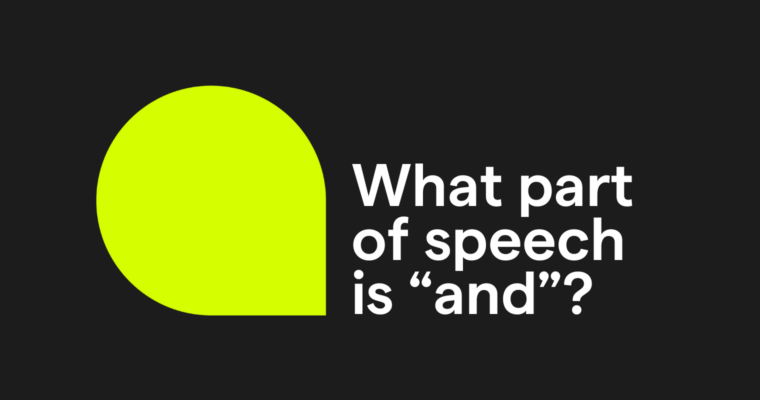There are up to five forms for each verb: root, third-person singular, present participle, past, and past participle.
Root form of the verb
The root form of a verb is the base form of the word. Roots have not been conjugated and do not include prefixes or suffixes.
The root form of the verb is the same as the infinitive form with “to” removed. See the examples below:
to see – see
to be – be
to wear – wear
to go – go
The root form of a verb is used to create other forms of the verb when conjugated. This is always true with regular verbs, but may not apply with irregular verbs, depending on the tense. The examples below illustrate this concept.
(Root: go)
(Root: do)
(Root: show)
(Root: eat)
Third person singular form of a verb
The third person singular (he/she/they/it/one) conjugation is the verb form that tends to be different from other conjugations. For regular verbs, this verb form end in –s (or sometimes –es). Consider the examples below:
he sees
she watches
they play
it shrinks
one does
Present participle form of a verb
The present participle verb form is created by adding –ing to the root word. It’s used in the past, present, and future continuous verb tenses. Look at the examples below:
(come – coming)
(draw – drawing)
(wash – washing)
Past and past participle forms of the verb
The past and past participle verb form for regular verbs is the root word + –ed. It’s only used with the past tenses. Consider the examples below:
(shop – shopped)
(stack – stacked)
(play – played)
The past participle can be difficult to determine for some irregular verbs. It’s best to look these up in a dictionary if you’re at all unsure of the past participle. Here are a few examples of irregular verbs:
| Root | Simple Past | Past Participle |
| Sing | Sang | Sung |
| See | Saw | Seen |
| Fall | Fell | Fallen |
| Give | Gave | Given |
| Go | Went | Gone |






